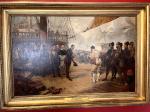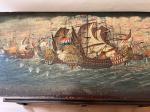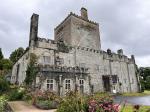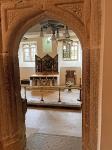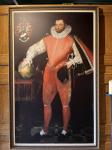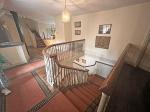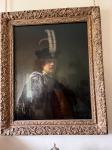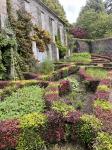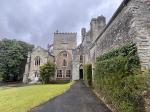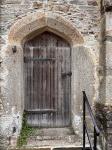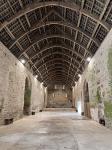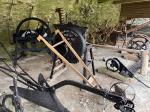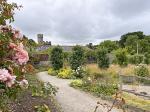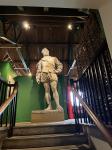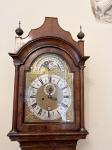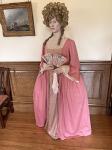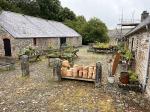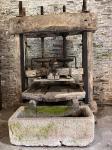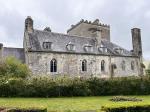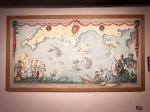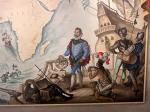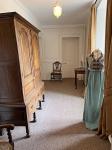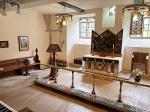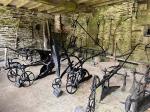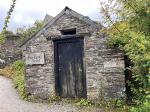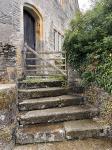Buckland Abbey
Buckland Abbey is situated eight miles north of Plymouth and stands right on the edge of the Dartmoor National Park, close to the River Tavy. In the thirteenth Century, it was the most westerly of England’s Cistercians’ abbeys. It was converted after the dissolution of monasteries in 1536 into a family home by the privateer Richard Grenville (a cousin of Walter Raleigh) from whom Francis Drake acquired the estate in 1581. (A privateer is a private individual or vessel authorized by a government to engage in maritime warfare during times of conflict). Although it remained his home till the time of his death in 1596, the house, a stone Tudor construction reveals few traces of his time spent there. There are numerous maps, portraits and mementos of his exploits at sea and around the world.
Of particular interest in the Georgian dining room at the abbey is a painting called ‘Self-Portrait Wearing a White Feathered Bonnet’, dated 1635. It was believed to be ‘school of Rembrandt’, meaning it was painted by one of his students or followers. However, in 2013, the world’s leading Rembrandt expert, Ernst van de Wetering, suggested that the piece could have been painted by the Dutch artist himself. As the result of an eight-month examination, analysis and tests, it was declared that the 17th century painting was a genuine Rembrandt.
Outside are the formal Elizabethan garden, walled garden and Cider House garden, the impressive Great Barn with its huge cider press at one end. Then there is the ‘Ox Yard Café’ which sells a good selection of drinks and light lunches and opposite the café and wildflower borders are a selection of small enterprise galleries selling hand crafted jewellery, an art studio and an art gallery.
|

